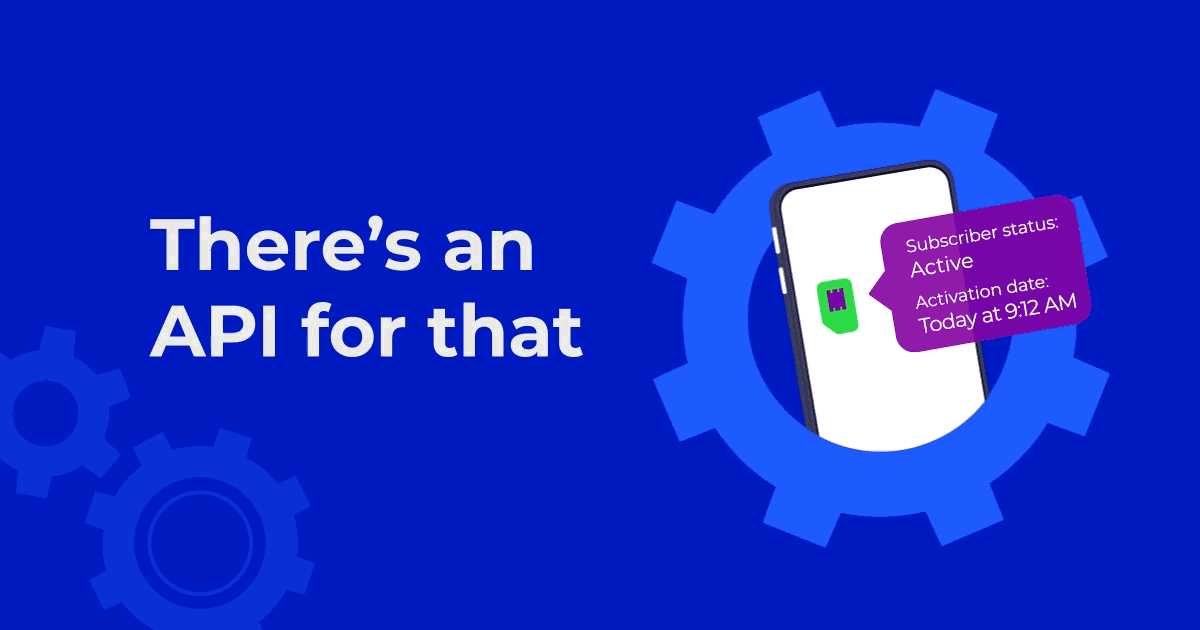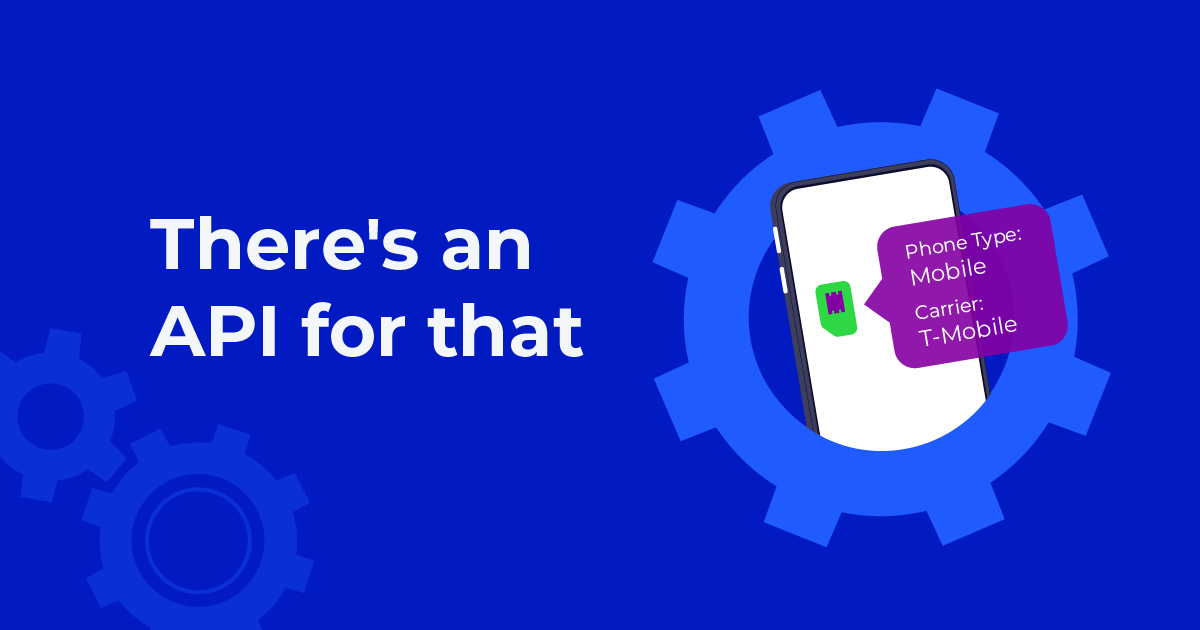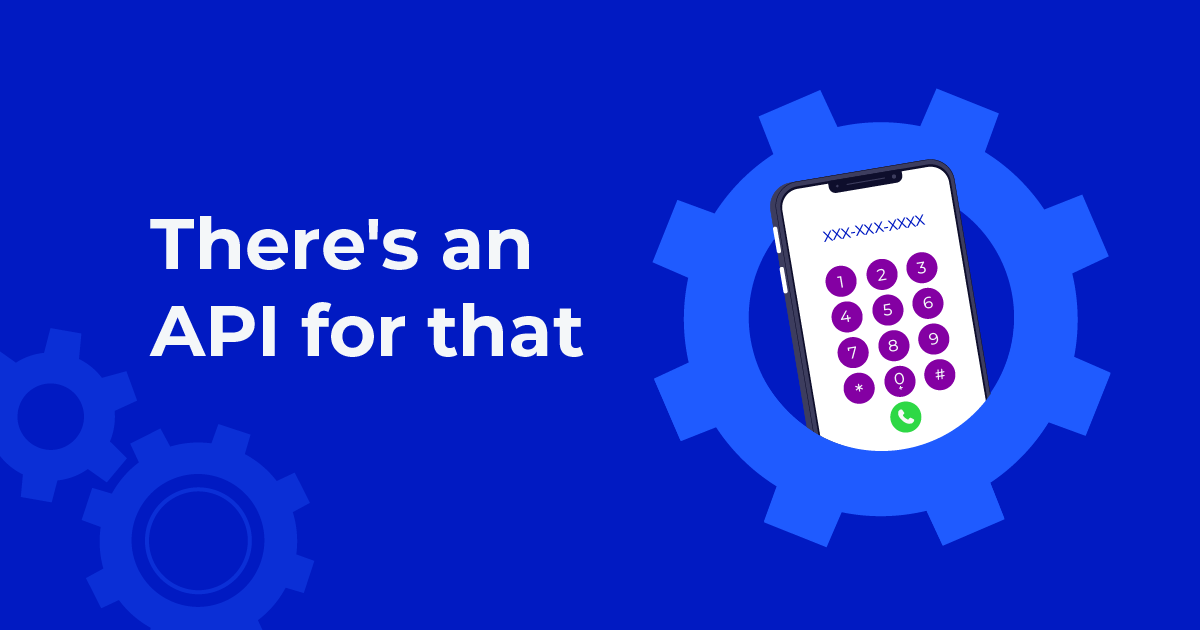
Table of Contents
Two-factor authentication (2FA) remains an essential tool for account protection, but malicious actors have now moved beyond traditional phishing tactics. As SIM farm attacks proliferate, it’s imperative for companies to extend their security measures beyond conventional 2FA tools to adequately defend themselves and their platforms.
SIM farm scams occur when fraudsters buy a vast amount of SIM cards, activate them, and then use them to verify new phone numbers during account registrations, exposing you to all kinds of fake account fraud.
In this API series post, you’ll learn how Telesign can provide real-time insights to help you determine phone number legitimacy and protect yourself from SIM farm attacks.
Reduce fraudulent accounts with phone number insights
Telesign Phone ID provides real-time information on the device type and contact information, along with other identity attributes.
The Subscriber Status identity attribute allows you to receive a phone number’s current carrier subscriber status including:
- prepaid or postpaid
- active, suspended, or deactivated
- account type
- primary account holder
- length of account tenure
- account activation date
While all these attributes help in the fight against fraud, the account activation date, specifically, helps alert you to potential SIM farm attacks, such as a fraudster activating thousands of SIM cards and attempting to register these numbers with accounts.
By adding Phone ID to your verification workflow, you can determine which phone numbers are a potential fraud risk and make an informed decision on whether to send a verification SMS.
How Phone ID works

Try Subscriber Status Phone ID and access developer resources
Contact a Telesign expert to enable and try the Subscriber Status Phone ID identity attribute for yourself.
Make sure to visit the Telesign Developer Center to learn about our APIs and quickly access documentation, GitHub repositories, and other technical resources.
Check out what else our APIs can do to help your business combat fraud and engage customers with our “There’s an API for that” blog series:


